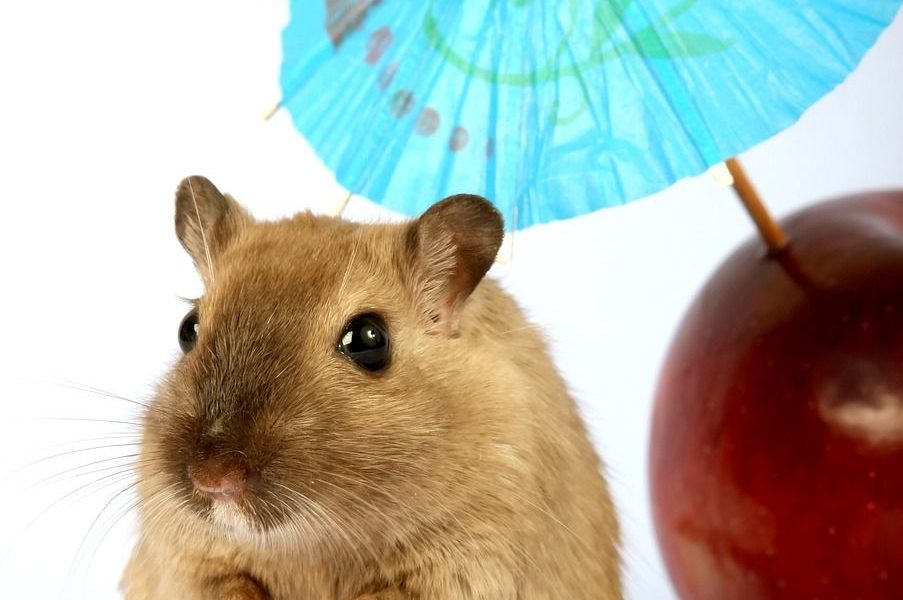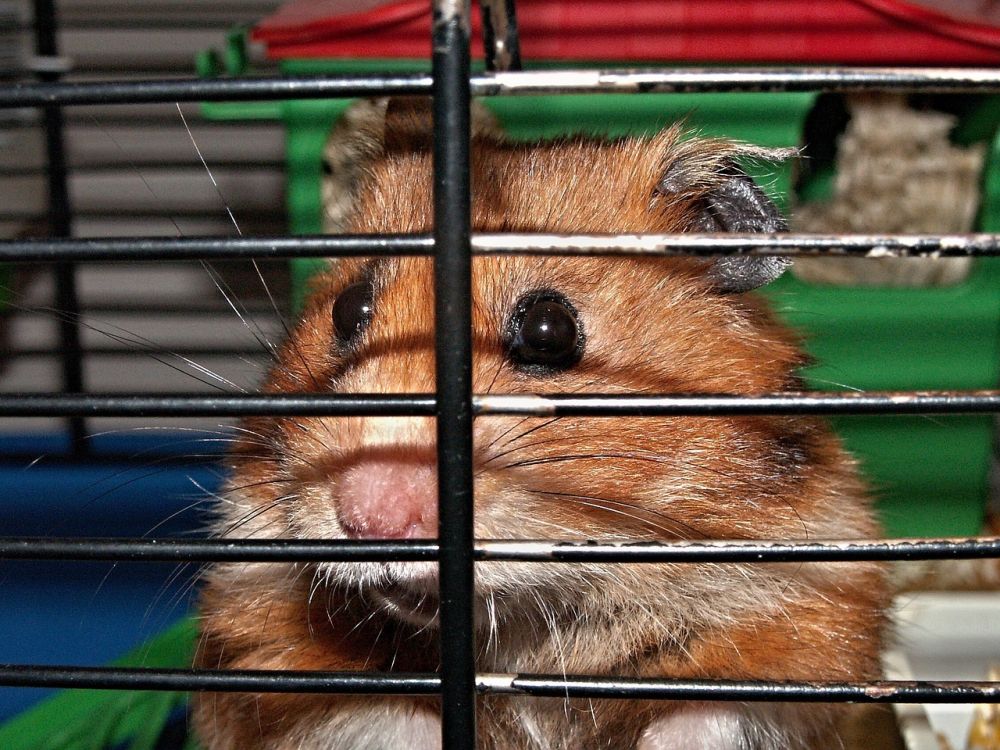Hamster Raser – En Djupgående Översikt

Hamster Raser: En Djupgående Översikt
Introduction

Hamsters are one of the most popular small pets worldwide, known for their adorable appearance and unique personalities. They come in various breeds, each with its own distinct characteristics and traits. In this article, we will provide a comprehensive overview of hamster breeds, exploring what they are, the different types available, their popularity, and key differences between them. We will also delve into the historical background and discuss the pros and cons of various hamster breeds.
I. A Thorough Presentation of Hamster Breeds
1. Understanding Hamster Breeds
Before diving into the specifics, it is essential to understand what hamster breeds are. Breeds refer to the various types of hamsters that have been selectively bred over generations to showcase specific traits. These traits may include appearance, behavior, size, or coloration. Breeders carefully select and pair hamsters with desired traits to perpetuate those qualities in subsequent generations.
2. Popular Hamster Breeds
There are several popular hamster breeds commonly found as household pets. These include, but are not limited to:
a. Syrian Hamsters: Syrian hamsters, also known as golden hamsters, are the largest and most common breed. They are solitary animals and do not tolerate living together with other hamsters.
b. Dwarf Hamsters: Dwarf hamsters refer to a group of small-sized breeds, including Campbells, Winter Whites, Roborovskis, and Chinese hamsters. They are sociable and can live in same-sex pairs or small groups.
c. Teddy Bear Hamsters: Also known as long-haired or angora hamsters, Teddy Bear hamsters are characterized by their fluffy appearance. They can belong to any of the dwarf breeds but have long, soft fur.
d. Roborovski Hamsters: Roborovski hamsters are the smallest hamster breed and are famous for their incredible speed and agility. They are ideal pets for observation rather than handling.
3. Popularity of Hamster Breeds
While Syrian hamsters are widely regarded as the most popular breed, the popularity of different hamster breeds varies across regions and personal preferences. Factors such as ease of care, availability, and desired traits influence the popularity of certain breeds.
II. Quantitative Measurements of Hamster Breeds
1. Average Size and Weight
Different hamster breeds exhibit variations in size and weight. Syrian hamsters, being the largest breed, can grow up to 6-7 inches in length and weigh 4-6 ounces. On the other hand, dwarf hamsters are significantly smaller, measuring around 2-4 inches and weighing approximately 1-2 ounces.
2. Lifespan
The lifespan of hamsters also differs between breeds. Syrian hamsters can live for about 2-3 years, while dwarf hamsters generally live for 1.5-2 years. However, with proper care and a healthy environment, some hamsters may exceed these average lifespans.
3. Reproduction and Litter Sizes
Breeding habits vary among hamster breeds. Syrian hamsters are solitary animals and should be kept alone to avoid conflicts. They can reproduce from around 4-6 weeks of age and typically have litters of 6-8 pups. In contrast, dwarf hamsters are social animals that can reproduce at an early age and have smaller litters of 3-5 pups.
III. Examining Differences Between Hamster Breeds
1. Physical Appearance
Hamster breeds display distinctive physical appearances. Syrian hamsters have a robust body, while dwarf hamsters have a smaller and more delicate build. Teddy Bear hamsters stand out with their long, fluffy coats, whereas Roborovski hamsters are known for their tiny size and agility.
2. Behavior and Temperament
Each hamster breed has its own behavioral traits. Syrian hamsters are independent and prefer to live alone. Dwarf hamsters, on the other hand, are social and enjoy the company of their own kind. Roborovski hamsters are highly energetic and spend most of their time exploring their surroundings, while Teddy Bear hamsters are generally docile and easygoing.
3. Care Requirements
Different hamster breeds may have varying care requirements. Syrian hamsters need more space and larger enclosures due to their size. Dwarf hamsters thrive in smaller enclosures but require more social interaction. Teddy Bear hamsters may need extra grooming due to their long fur, while Roborovski hamsters require ample opportunities for exercise.
IV. Historical Overview of Pros and Cons of Hamster Breeds
1. Advantages of Different Hamster Breeds
Each hamster breed offers unique advantages. Syrian hamsters are great for those seeking a solitary pet that requires less social interaction. Dwarf hamsters are fantastic for individuals wanting a more interactive and sociable pet. Teddy Bear hamsters appeal to those who appreciate fluffy, long-haired companions, while Roborovski hamsters are ideal for observers who enjoy watching their pets’ active behavior.
2. Disadvantages of Different Hamster Breeds
Alongside the advantages, there are also potential disadvantages to consider. Syrian hamsters’ solitary nature means they may not enjoy interacting with humans or other hamsters. Dwarf hamsters are more prone to health issues, especially diabetes, compared to Syrian hamsters. Teddy Bear hamsters require more frequent grooming to prevent their fur from matting, while the tiny size and quickness of Roborovski hamsters can make handling difficult.
Conclusion
In conclusion, the world of hamster breeds offers a variety of options for those interested in these captivating pets. Understanding the differences in appearance, behavior, and care requirements can help potential owners make an informed decision. Whether one prefers the independent nature of Syrian hamsters, the sociability of dwarf hamsters, the fluffiness of Teddy Bear hamsters, or the agility of Roborovski hamsters, each breed has its own appeal and unique qualities to offer. By exploring the history and characteristics of different hamster breeds, individuals can find the perfect companion that suits their preferences and lifestyle.
References
– Reference 1
– Reference 2
– Reference 3
– …
Recommended Reading
– Book 1
– Book 2
– Book 3
– …
(Note: The video mentioned in the prompt can be inserted after the first section under a relevant heading.)
















































